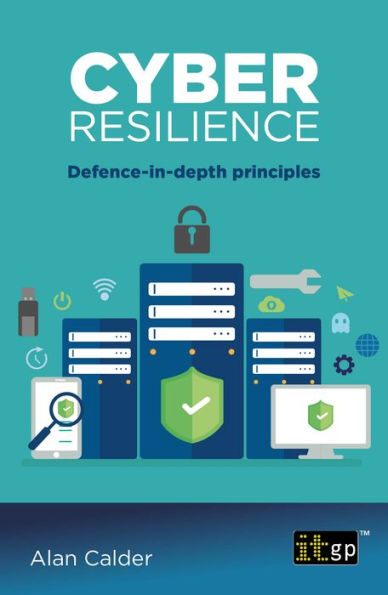For the foreseeable future (and perhaps beyond), the growth and prominence of data in business shows no signs of slowing down, even if the technology in question will likely change in ways perhaps unimaginable today. Naturally, all this innovation brings huge opportunities and benefits to organisations and people alike. However, these come at more than just a financial cost.
In the world as we know it, you can be attacked both physically and virtually. For today’s organisations, which rely so heavily on technology – particularly the Internet – to do business, the latter attack is the far more threatening of the two. The cyber threat landscape is complex and constantly changing. For every vulnerability fixed, another pops up, ripe for exploitation. Worse, when a vulnerability is identified, a tool that can exploit it is often developed and used within hours – faster than the time it normally takes for the vendor to release a patch, and certainly quicker than the time many organisations take to install that patch.
This book has been divided into two parts:
- Part 1: Security principles.
- Part 2: Reference controls.
Part 1 is designed to give you a concise but solid grounding in the principles of good security, covering key terms, risk management, different aspects of security, defence in depth, implementation tips, and more. This part is best read from beginning to end.
Part 2 is intended as a useful reference, discussing a wide range of good-practice controls (in alphabetical order) you may want to consider implementing. Each control is discussed at a high level, focusing on the broader principles, concepts and points to consider, rather than specific solutions. Each control has also been written as a stand-alone chapter, so you can just read the controls that interest you, in an order that suits you.
For the foreseeable future (and perhaps beyond), the growth and prominence of data in business shows no signs of slowing down, even if the technology in question will likely change in ways perhaps unimaginable today. Naturally, all this innovation brings huge opportunities and benefits to organisations and people alike. However, these come at more than just a financial cost.
In the world as we know it, you can be attacked both physically and virtually. For today’s organisations, which rely so heavily on technology – particularly the Internet – to do business, the latter attack is the far more threatening of the two. The cyber threat landscape is complex and constantly changing. For every vulnerability fixed, another pops up, ripe for exploitation. Worse, when a vulnerability is identified, a tool that can exploit it is often developed and used within hours – faster than the time it normally takes for the vendor to release a patch, and certainly quicker than the time many organisations take to install that patch.
This book has been divided into two parts:
- Part 1: Security principles.
- Part 2: Reference controls.
Part 1 is designed to give you a concise but solid grounding in the principles of good security, covering key terms, risk management, different aspects of security, defence in depth, implementation tips, and more. This part is best read from beginning to end.
Part 2 is intended as a useful reference, discussing a wide range of good-practice controls (in alphabetical order) you may want to consider implementing. Each control is discussed at a high level, focusing on the broader principles, concepts and points to consider, rather than specific solutions. Each control has also been written as a stand-alone chapter, so you can just read the controls that interest you, in an order that suits you.

Cyber Resilience: Defence-in-depth principles
142
Cyber Resilience: Defence-in-depth principles
142eBook
Related collections and offers

Product Details
| ISBN-13: | 9781787784406 |
|---|---|
| Publisher: | IT Governance Publishing |
| Publication date: | 08/10/2023 |
| Sold by: | Barnes & Noble |
| Format: | eBook |
| Pages: | 142 |
| File size: | 528 KB |
